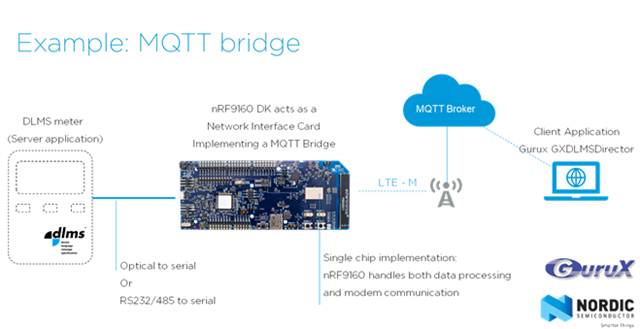Hi,
I am absolutely new to this DLMS and in the course of exploring some kind of opensource DLMS stack I came across this Gurux and fortunately NORDIC did some kind implementation a year ago, and which I thought will be good start.
https://github.com/Gurux/GuruxDLMS.c/tree/master/NordicSemiconductor/GuruxDLMSServerExample
I can build to build the project with some changes (see attachments), but not sure how to proceed further, so can you please help me with some documentation on ‘how to test’ this sample project?
Regards
KK


